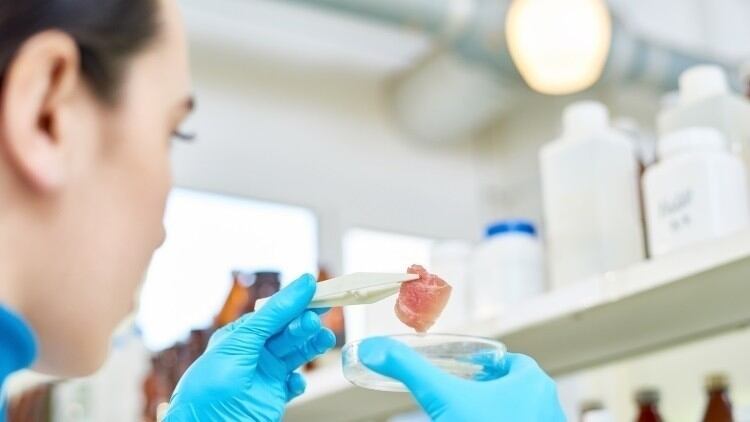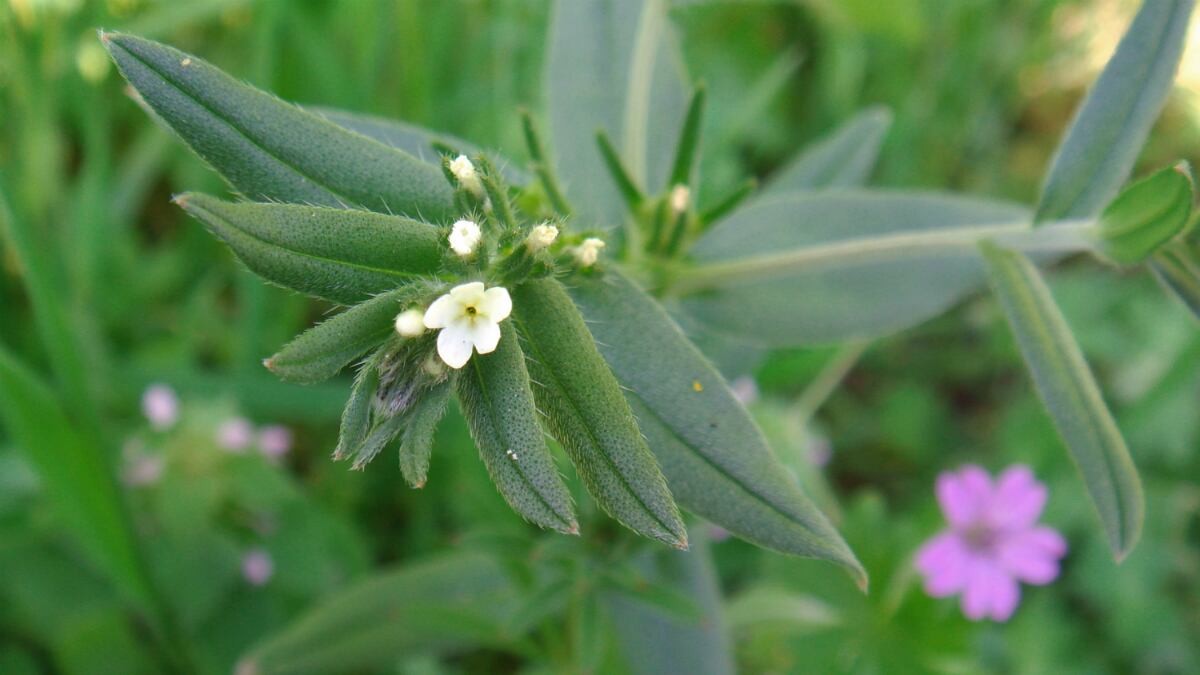Affordable lab-grown meat: India looks to become global cell-based meat hub
The world’s first research centre focused on research and development in the cell-based meat category has been announced in Maharashtra, India, with the first phase set to open by 2020.
Dubbed the Centre of Excellence in Cellular Agriculture, the facility is a collaborative effort by the Good Food Institute (GFI) India and the Institute of Chemical Technology (ICT) Mumbai.
“From a broad perspective, the goal [of the institute] has always been to think of India as a manufacturing and scale-up hub [for cell-based meat], and to reduce the barriers to entry for cell-based meat [into the market],” GFI India Managing Director Varun Deshpande told FoodNavigator-Asia.
“When it comes to hard technology like cell-based meat and other biotech, there is still a dearth in infrastructure and basic labs in terms of advancing these, [and we hope to change that].”
Real Appeel: New Singapore-based, science-backed functional beverage packs premium polyphenol punch
Singapore start-up Nutrixin has launched its first functional beverage on the market, an apple peel essence containing five times the polyphenol content of conventional juices and 100 times more quercetin than a fresh apple.
The new beverage, called Appeel, has been spearheaded by Dr Wai Mun Loke, who previously established the Centre for Functional Food & Human Nutrition at Singapore’s Nanyang Polytechnic.
Speaking to NutraIngredients-Asia, he said the beverage was targeting the premium end of the market, where its science-backed approach would best resonate.
“It is very important for us to show that our product is grounded in science and to be able to communicate that to the consumer,” he said.
“We have also ensured the product is free from additives and allergens. We are looking to appeal to Gen X as they have spending capacity and are of an age where health concerns are more manifest in their experience.”
No synthetic and odour: Japanese firm launches odour-free red radish food colouring
Japanese ingredient firm San-Ei Gen F.F.I has launched a new ingredient – a red radish-derived food colouring that does not produce an off-flavour.
As red radish produces a strong stench, its use as a food colouring has been limited. San-Ei Gen F.F.I is seeking to overturn the situation by removing the off-flavour with a special purification technique.
The new food colouring, available in both liquid and powder forms, is able to produce a yellowish red colour at low pH.
In response to queries from FoodNavigator-Asia, Dr Yutaka Higashimura, deputy GM of food colour laboratory of the firm said that the usage of the product was “the same as other anthocyanins”.
Is wagyu better for you? New Zealand study seeks best beef option to reduce risk of cardiovascular disease
New Zealand researchers are on a mission to find the best beef option with the lowest cardiovascular disease risk, as well as to see whether vegetarian alternatives can provide the same nutrient values as regular beef.
“There is an existing notion that red meat is not good for health due to [saturated fat content and so on], so we wanted to see if changing the quality of the red meat itself will alter the risk of cardiovascular disease,”said Dr Amber Milan from the Liggins Institute at the University of Auckland, one of the study’s main researchers.
“In this case, how beef is raised matters – grass-fed cattle tends to contain higher levels of good, protective fatty acids such as EPA, DHA and Conjugated Linoleic Acid (CLA) [as compared to grain-fed cattle].”
Bet on black goji? Berries a potential natural colourant for red, blue and purple - study
Black goji berries have been identified as a potential natural colourant source that is able to produce red, purple, and blue colours depending on the pH levels.
A group of researchers have described black goji as a “promising source for natural colorants.”
The study, published in Food Chemistry, took place in Shanghai, where researchers extracted black goji pigments from the dried fruit.
It was found that the extracts exhibited a similar “red-purple-blue” pattern of colour expression as the pH increased from acidic to alkaline.





